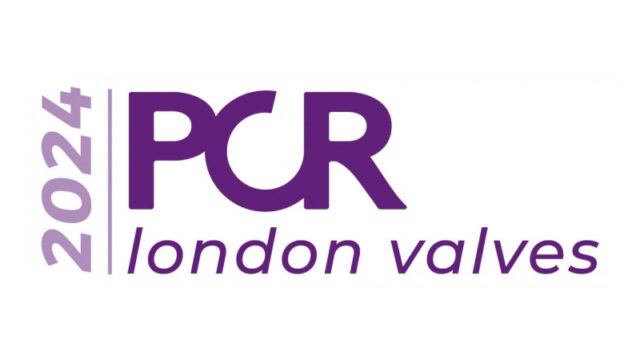TricValve is the first bicaval valve system to obtain CE-Mark approval. This device heterotopic device eliminates tricuspid insufficiency reflux into the venous system, reducing peripheral congestion. It represents a unique option for patients at high surgical risk who make poor candidates for replacement or repair.

However, its long term duration, efficacy and safety remain unknown. The TRICUS EURO (n=35) showed TricValve improved functional class and quality of life at 6 months and one year (delta QoL 29.1).
This was a multicenter registry initiated by researchers including patients from 27 hospitals, with torrential TI, refractory right failure and inoperable, with adequate bicaval anatomy.
Mean age was 77.8 ±7.5 years, 65.2% were women, 50% had a history of heart surgery, 19% transcatheter valve intervention, 34.2% PPM or ICD, mean STS was 9.5±7.9. Mortality prediction according to TRI-SCORE was intermediate in 36.8% and high in 45.6%.
Intraprocedural success reached 96.1% of cases, there was 2.9% of inferior vena cava malapposition requiring a new valve, in-hospital mortality was 8.3%, there was 5.39% of access complications and 3.9% of cardiac complications, 47.1% reported shoulder pain, and mean hospital stay was 8 days.
Read also: Long Term Results of the International Chimney Registry.
In-hospital mortality predictors were functional class IV (OR 4.36, P=0.049), creatinine ≥1.5mg/dl (OR 3.62; p=0.030), increased GGT and TAPSE ≤12mm (6.92; p=0.025). As regards clinical events at one year, there was improved functional class (19.8% FC II baseline 81.5% FC I-II at one year) and reduced signs of right failure (reduced edema from 73% to 22% and ascites from 31.2% to 4.9%; p≤0.001).
There was an important reduction of hospitalization for cardiac failure (IRR 0.44, IC95% 0.29-0.66; p≤0.001).
Presented by Angel Sanchez Recalde at Top Late-Breaking Trials, PCR London Valves, November 24, 2024, London, GB.
Subscreva-se a nossa newsletter semanal
Receba resumos com os últimos artigos científicos





